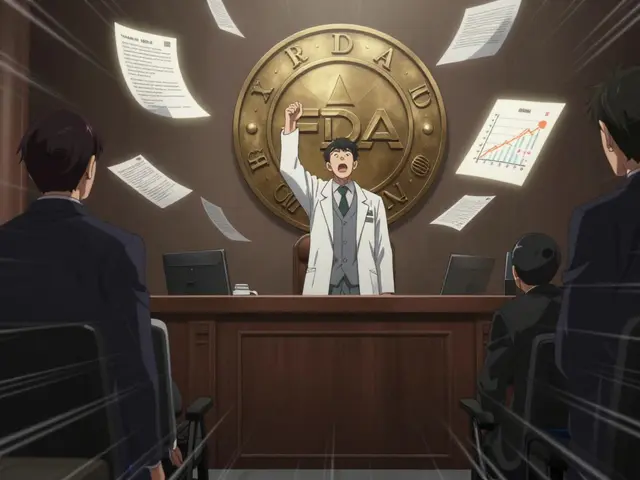Zolmitriptan: What You Need to Know About This Migraine Medication
Ever find yourself hit by a migraine that just won't quit? Zolmitriptan might be the answer you're looking for. It's a popular medication designed specifically to tackle migraines quickly and effectively. But what exactly is zolmitriptan, and is it right for you? Let's break it down.
Zolmitriptan belongs to a group of drugs called triptans. These work by narrowing blood vessels around the brain and blocking pain pathways, which helps stop migraine attacks in their tracks. Many people find that taking zolmitriptan at the first sign of a migraine can dramatically reduce the pain and other symptoms like nausea or sensitivity to light.
How and When to Use Zolmitriptan
Timing is everything with zolmitriptan. It’s best to take it as soon as you notice migraine symptoms starting. You generally won’t use this medication every day but as needed when migraines strike. It comes in tablets, nasal sprays, or orally disintegrating tablets, making it easier to take when you’re feeling sick or on the go.
Keep in mind that zolmitriptan isn’t a cure for migraines; it helps relieve symptoms. Also, it won’t prevent future attacks, so you might still experience migraines even while using this drug. It’s important to follow the dosing instructions carefully because taking too much can lead to side effects.
What to Watch Out For When Taking Zolmitriptan
While zolmitriptan can be a lifesaver, it's not for everyone. People with heart problems, high blood pressure, or certain types of strokes should avoid it. Common side effects can include dizziness, dry mouth, or a feeling of heaviness in different parts of your body. These usually pass quickly but if you notice serious issues like chest pain or severe allergic reactions, stop using it immediately and contact a doctor.
Also, don’t mix zolmitriptan with other migraine treatments called triptans or certain antidepressants without medical advice. Drug interactions can lead to serious problems like serotonin syndrome—a rare but dangerous condition.
In short, zolmitriptan is a go-to medicine for many who battle migraines. It works best when used right at the start of symptoms and with awareness of its safety precautions. Always chat with your healthcare provider to make sure it fits your health needs and to figure out the best way to manage your migraines.

Zolmitriptan Overdose: Symptoms, Treatment, and Prevention
I recently came across some valuable information on Zolmitriptan overdose, which I thought I'd share with you all. Zolmitriptan is a medication used to treat migraines, but an overdose can lead to symptoms like dizziness, rapid heartbeat, and even seizures. If you suspect an overdose, it's crucial to seek medical help immediately. Treatment may involve monitoring vital signs, administering IV fluids, and providing supportive care. To prevent an overdose, always follow your doctor's prescription and avoid taking more than the recommended dose.
Continue Reading

